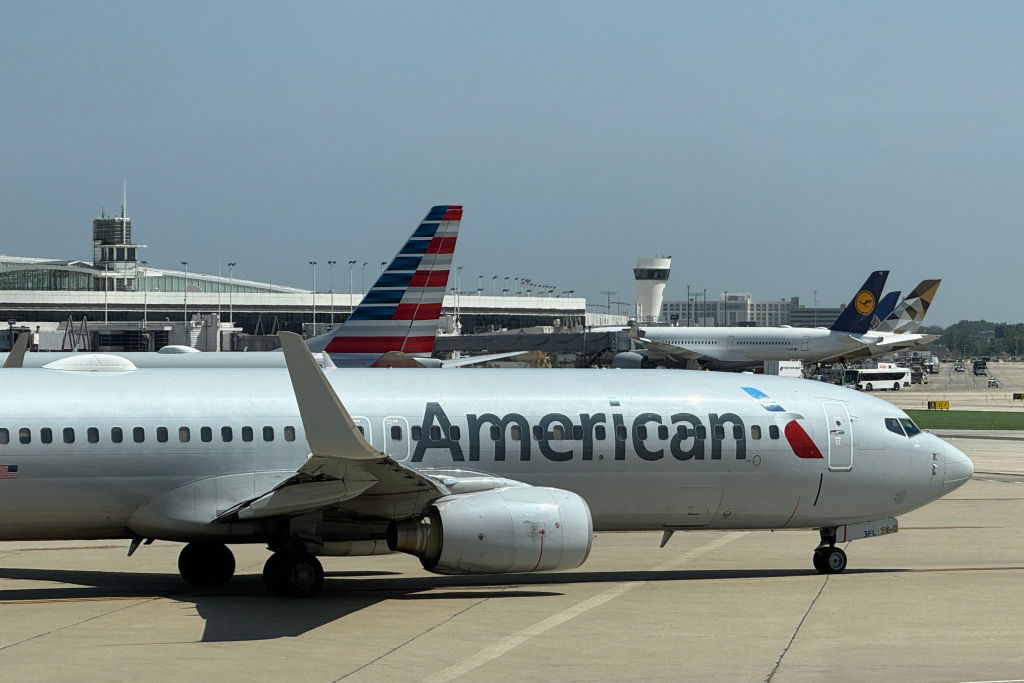What do you do when you build the world’s largest and most powerful rocket? Well, you strap a banana in its payload bay and launch it into space. Bananas seemed to be the theme for Starship Flight 6, while the mission was also a major success.
SpaceX launched its sixth Starship rocket Tuesday afternoon, which completed an overall successful flight halfway around the world. This mission’s core goals were, first and foremost, to gather more flight data, relight a Raptor engine in space, and, if possible, repeat the catch of the Super Heavy booster.
Sadly, that second goal wasn’t able to be completed, as the flight director called for an offshore redirect of the booster. This callout came shortly after booster and ship hot staging. As we shared earlier in the week, SpaceX still kept a “human-in-the-loop” process for deciding if the booster would make a catch attempt.
While the company hasn’t officially stated why the catch was aborted, given Super Heavy’s flawless ocean splashdown, it was likely something to do with the tower that caused it to be not ready.
This missed catch attempt isn’t a failure for SpaceX’s Starship program, however. With all things in rocket development, sometimes you find things late in the game that need tweaking, and this was likely something.
After the miss catch and staging, Starship’s Ship 31 continued on to perform a near-flawless ascent and reentry, then splashdown in the Indian Ocean. The ship also conducted the second key goal of Flight 6, a relight of a Raptor engine in space.
Igniting an engine in space is not the same as on the ground. Starship teams have to manage their propellants and other consumables differently as they can’t top the tanks off from ground equipment. Completing this milestone opens up the ability for future orbital missions in the near future.
What’s next?
Earlier Wednesday, the FAA approved SpaceX’s request to increase Starship’s launch cadence to up to 25 times a year, from just five. The FAA also approved SpaceX’s plan to increase the power and size of Starship for future missions.
Starship’s seventh launch of the Starship rocket will be a milestone moment in the program as it will be the first Block 2 Starship vehicle. Featuring stretched propellant tanks and a host of other upgrades and improvements, it is the first big step in getting the vehicle to operational use.
When this seventh launch will take place is unknown. So far, the FAA hasn’t deemed the missed landing a cause for a mishap investigation, but that doesn’t mean SpaceX can just launch again. The license it had from flights five and six was only for two launches; it will still need to seek approval for the next one.
The timeline for all the new Block 2 testing and FAA launch license is unclear. Another five-week turnaround would put us on Christmas Eve; however, that faster timeline was thanks to the FAA pre-approval.
With the added testing and likely new FAA license, Starship Flight 7 might not take place until the new year.
FTC: We use income earning auto affiliate links. More.







